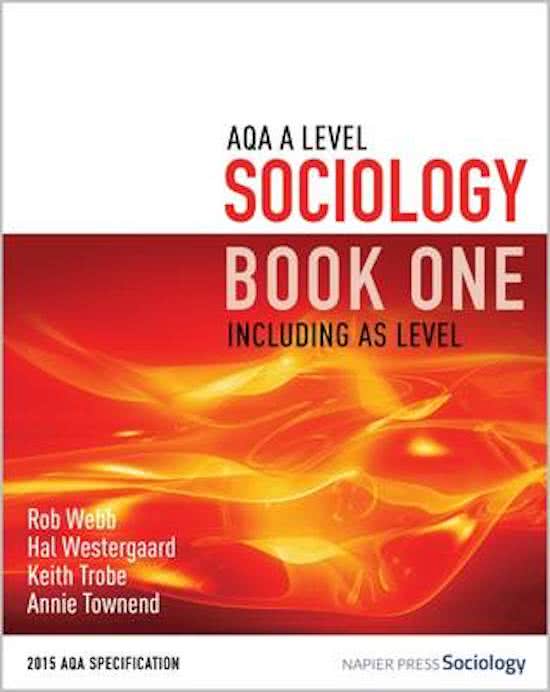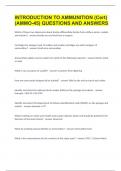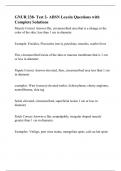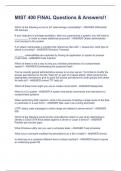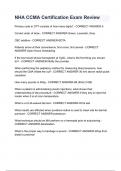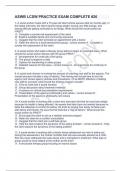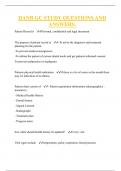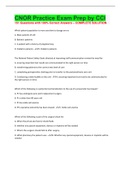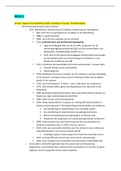Summary
Summary Full Sociology Paper one notes: Education and Research Methods
- Institution
- AQA
Within the "Paper one notes: Education with Research Methods", there is everything you need to know about the Education topic to achieve the high grades. I used these notes and applied them to all of the past papers, which supported me in getting a grade A in my first full mock paper. I cover e...
[Show more]

